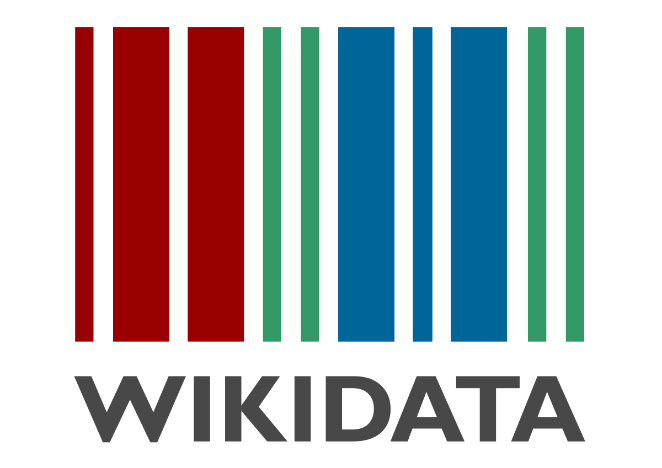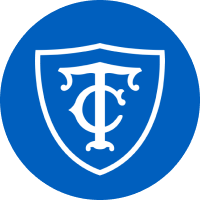Working with Wikidata: (1) Introduction and Terminology
This is the first in a series of articles spotlighting Wikidata and other Wikimedia technologies as they can be and have been used to facilitate linked data and data discoverability in LIS and academic contexts. In this article, an overview of the technologies in question will be provided along with preliminary resources that have guided the Gottesman Libraries’ Technical Services team in its implementation and use of Wikidata to make its immediate community and, by extension, the larger world better able to access the intellectual splendors offered by Teachers College.

Beginning with a hypothetical question, it is appropriate to ask, “What is Wikidata?” More broadly, it is doubly appropriate to ask, “What is Wikimedia?”
Answering the latter question first, since it elucidates the external foundations on which the former question can be answered, Wikimedia, as its home page posits, “is a global movement whose mission is to bring free educational content to the world” (Wikimedia 2022). In the way of further elucidation: Wikimedia is the breadth of projects hosted by the San Francisco-based nonprofit the Wikimedia Foundation. Wikimedia is Wikipedia, Wiktionary, Wikiquote, and Wikidata, as well as a great many other projects.
The Wikimedia model builds upon and materializes the goals of a centuries-wide history of information freedom efforts. At one point, these efforts materialized in the form of physical public libraries – e.g., in America, with the 1854 opening of Boston Public Library, the nation’s first large public library. Much later, these efforts reached new heights with the advent of the internet – e.g., in the early 1990s, when Michael Hart’s efforts in hand-typing public-domain texts into computer-readable formats led to his founding Project Gutenberg. Wikipedia and, later on, the Wikimedia Foundation arose out of such events and, today, both Wiki-entities continue to foster open-content and information access – notably, as regards this article, in the form of Wikidata.
To answer that original, former hypothetical, then, an easy way of defining Wikidata is by regarding it in relation to its sister project Wikipedia, the community-edited, community-run, free-access online encyclopedia. While Wikipedia stores information on web page documents, “Wikidata stores information as structured data in a database” (Tharani 2021). This distinction of document- versus database-storage reveals an underlying, second distinction: whereas Wikipedia’s information can be edited and accessed by humans, Wikidata’s information can be edited and accessed by machines (and humans too, naturally). The implications of this second distinction amass largely in discourse surrounding the Semantic Web, where linked data is predicted to create a system of objective, fact-based knowledge that can fuel the mutual acumen of computer and human parties alike.
As regards its application in academic library circles and settings, Wikidata appears as a powerful tool to discern the connections uniting researchers, their work, their employers (e.g., Teachers College), and so on – all to the effect that the abundant streams of the knowledge therein, between researchers, their work, their employers, and so on, can be quantitatively charted. (There will be more discussion of such charting in future posts in this series.)
Breaking down the basic elements of Wikidata, there are only a handful of moving parts at play. The site's skeleton is composed of items known as Q-numbers which are assigned various properties known as P-numbers. These P-numbers get values from other already-classified items in statements: using the statement provided in Wikidata’s Introduction, the item Douglas Adams (Q42) has the property of having been educated at (P69) the item St. John’s College (Q691283); or, offering a more TC-related example, the item Grace Dodge (Q5591212) has the property of having been a member of (P463) the item New York City Department of Education (408230). (Notably, she was the first woman to ever be appointed as a member of the NYCDOE.) With these elements addressed, Wikidata appears as a massive trove of statements stipulating and interconnecting knowledge that anyone can add to.
One way to begin exploring Wikidata is by perusing the site’s Wikidata Tours page, which offers quick and simple walkthroughs on how users can start adding data of their own. Another resource for understanding the mechanics of Wikidata is Learn Wikidata, a multilingual website created by information science professionals for information science professionals (and for everyone else, too) to learn about editing bibliographic information on Wikidata. More than any resource available, though, the best way to get a sense of what Wikidata has to offer is by using the site – making edits, creating items, and so on. It is with encouragement that this first entry thus closes, wishing readers plentiful bounties of Wikidata wandering and wonder.
In the next entry of this series, the particular frameworks guiding the Gottesman Libraries’ Wikidata usage will be discussed. In the meantime, experiment with Wikidata and write back on your findings!
References
Tharani, K. (2021). Much more than a mere technology: A systematic review of Wikidata in libraries. The Journal of Academic Librarianship, 47(2), 102326. https://doi.org/10.1016/j.acalib.2021.102326
Wikimedia. (n.d.). Retrieved August 17, 2022, from https://www.wikimedia.org/

